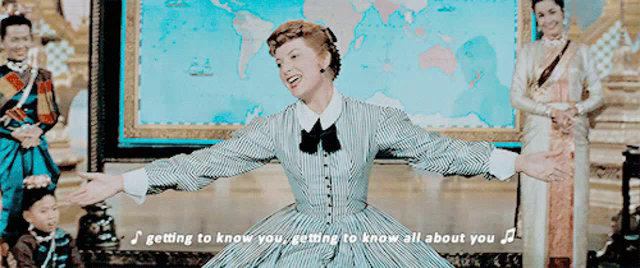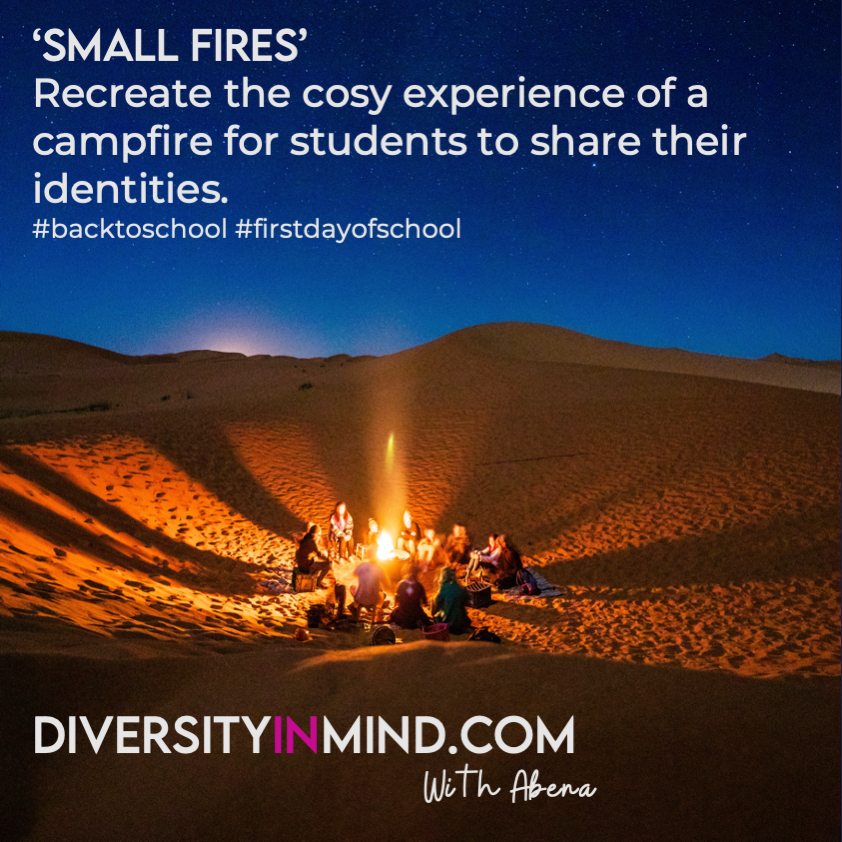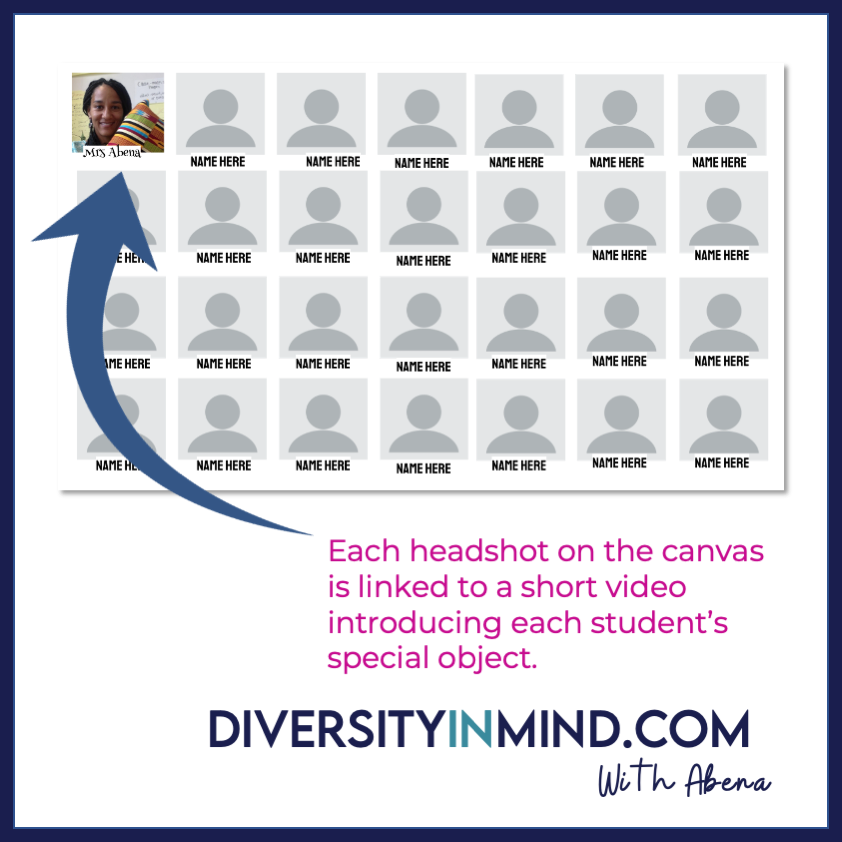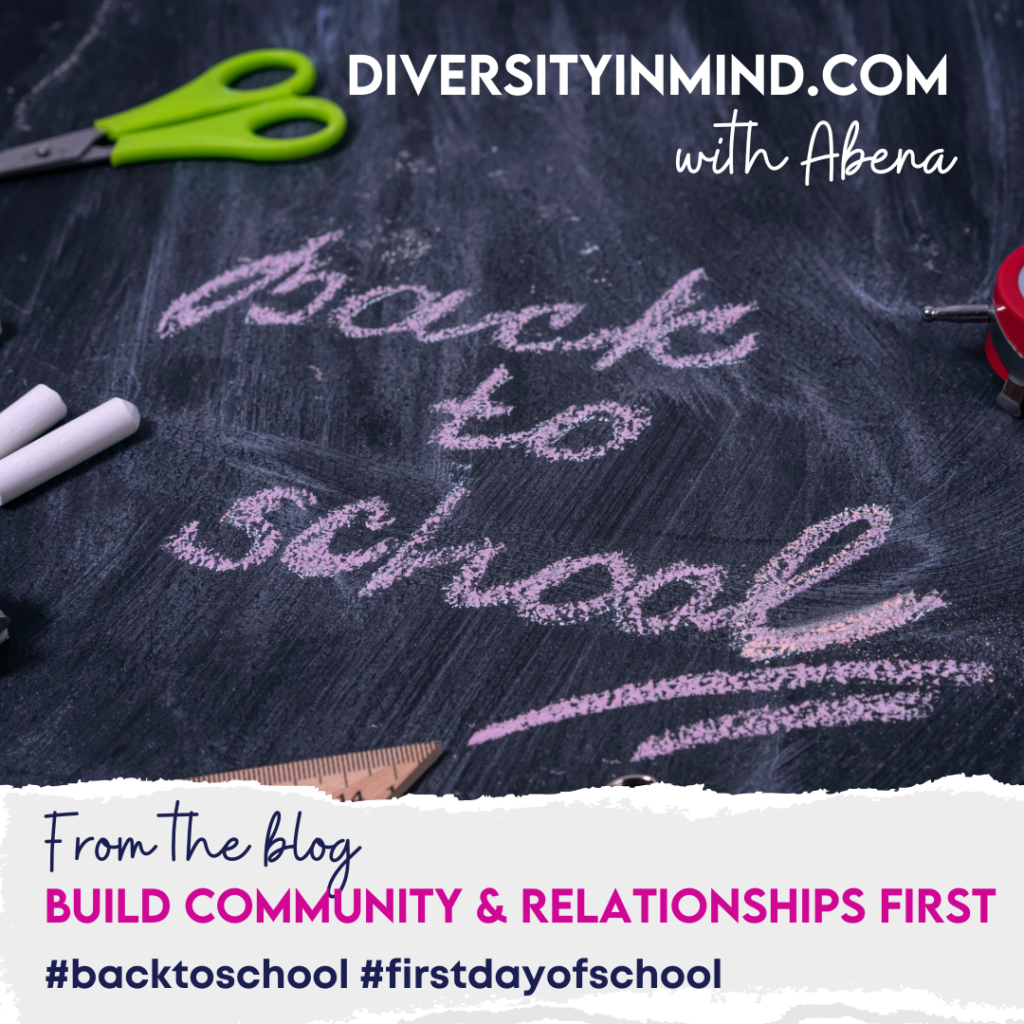For many in the Western hemisphere, the holidays are ending and teachers are thinking about their back to school lessons. Whether it’s Meet the Teacher or All about Me for students to get to know each other, this post explores how to start the year strong.
Back to School Priorities
To create a safe and welcoming learning environment, our learning environment is designed around these priorities:
- Facilitate students’ feeling comfortable with me and each other by making personal connections
- Establish expectations between everyone in the room
- Set up routines that will maximise success in relationships and academics for the rest of the year

Making Personal Connections
With the mantra of Connection Before Content, we start making connections as soon as students enter the room. Whether on campus or online, I make sure to greet each student as they enter. On campus, they’ll have an assigned table for the first day of school so they don’t feel unsure about who to sit by. As we wait for everyone to arrive, they can start reading the welcome letter I’ve prepared for them.
The next step is to introduce myself (and my weirdly unpronounceable name) and then acknowledge our feelings in the moment. This can be done with one of the ‘feeling scales‘ easily found with a Google Search. I make sure students elaborate on the image they’ve chosen, but don’t push it if they are clearly hesitant or uncomfortable. There are usually enough people willing to talk about themselves – they are teens after all – to ensure that everyone knows they are not the only one feeling excited / nervous / happy / tired… It’s really important that I demonstrate vulnerability and openness before asking my students to do so, so I’ll either say it (in the classroom or on Zoom) or be the first to put it in the chat box.

When I know the students by sight, I won’t need to call for attendance. However, as I’m still getting to know them, I’ll give them a response to say when I call their name. On the first day of back to school, this is always:
- Correct my pronunciation OR repeat your name
- Tell us how long you’ve been at the school
- Tell us where you call home
Asking students to repeat their name helps us all associate the voice with the name, ensures I’m not butchering the pronunciation, and lets us hear from them.
Our school has a fairly transient population, so asking how long they’ve been there helps us identify newcomers who might need a greater effort to settle in.
As I work in an international school, I make no assumptions that the passport they hold indicates their ‘home’ country. Allowing the students to educate us all ensures they get to define their identities.

Small Fires
After co-constructing expectations – which we do by reviewing the school’s rules and values and adding our own perspectives – we move into an activity called ‘small fires’. Basically, students form small groups of 3-4 people, and I provide prompts for them to start getting to know each other. These prompts might include:
- activities from the break
- expectations and hopes for the year
- anything else students think it is important for us to know about them

Me & My Special Object
Next is by far one of my favourite activities of all time. I share a video I’ve made that introduces my name, a memory hack to remember it, and an object that is special to me. The memory hack for my name is that I’m from the UK, which some might know has the Big Ben clock. So, my name is ah-ben-ah (not ‘bean’ in the middle). Students can imagine me sitting on top of Big Ben throwing away beans because it’s not how you pronounce my name.
The special object I share is the Kente cloth I received as a gift on my first adult visit to Ghana, the land of my father. I explain why it means so much to me. I then invite students to create their own video of less than 2 minutes introducing the same elements.
To ensure students understand our intended culture of reflection and constructive feedback, I provide a rubric. Even though I do not assess this video, it gives them a concrete idea of what they are aiming for and they can use it to help each other improve.
Once the video has been completed, students take a picture of themselves with their special object and insert it onto our Google Draw canvas with a link to their video.

Over the next week or so, we begin each lesson by watching 2-3 videos (depending on time available). As soon as we finish watching 1, we take 2 minutes to recognise connections we can make with the speaker, and add them to a Padlet. Over the days we do this, we see the Padlet grow as evidence that we all share values, likes, dislikes, demographics etc. It is a wonderful visual reminder that we are all connected and it gives students topics to discuss as they learn to be comfortable with each other.
Finishing Off The First Lesson
As our back to school lesson comes to a close, I remind students how they can contact me through our various channels. I encourage them to ask questions where others can view them, unless they are very personal. This is because – as I point out – if they have a question, it is likely others will too so by posting publicly (e.g, in Google Classroom) they will be supporting others’ understanding too. This is more significant than it may first seem, given that students may feel reluctant to reveal their ignorance. They might also feel embarrassed that they missed or forgot something we already went over. By encouraging them to post questions as a brave and supportive act, I find students are more likely to want to show they can do it. I am absolutely sure that some students even post questions they already know the answer to in a bid to show their classmates they can take that risk to help others.
'Steal' This or Save Time
I have shared my back to school lesson here so you can replicate and adjust it to your needs. As I’ve said before, I am always willing to share ideas for free. However, if you would like to save some time and support this blog, you can get the fully editable, ready-to-go slides here or on TeachersPayTeachers. Remember that all profits go back into my efforts to encourage culturally-sustaining classrooms.
Where do I go from here?
Well, for me, it’s essential that students aim to develop a growth mindset so if you’d like to find out more, read this post.
Join our community here.
Whatever you do, I wish you a great start to the year.
We’ve got this!


